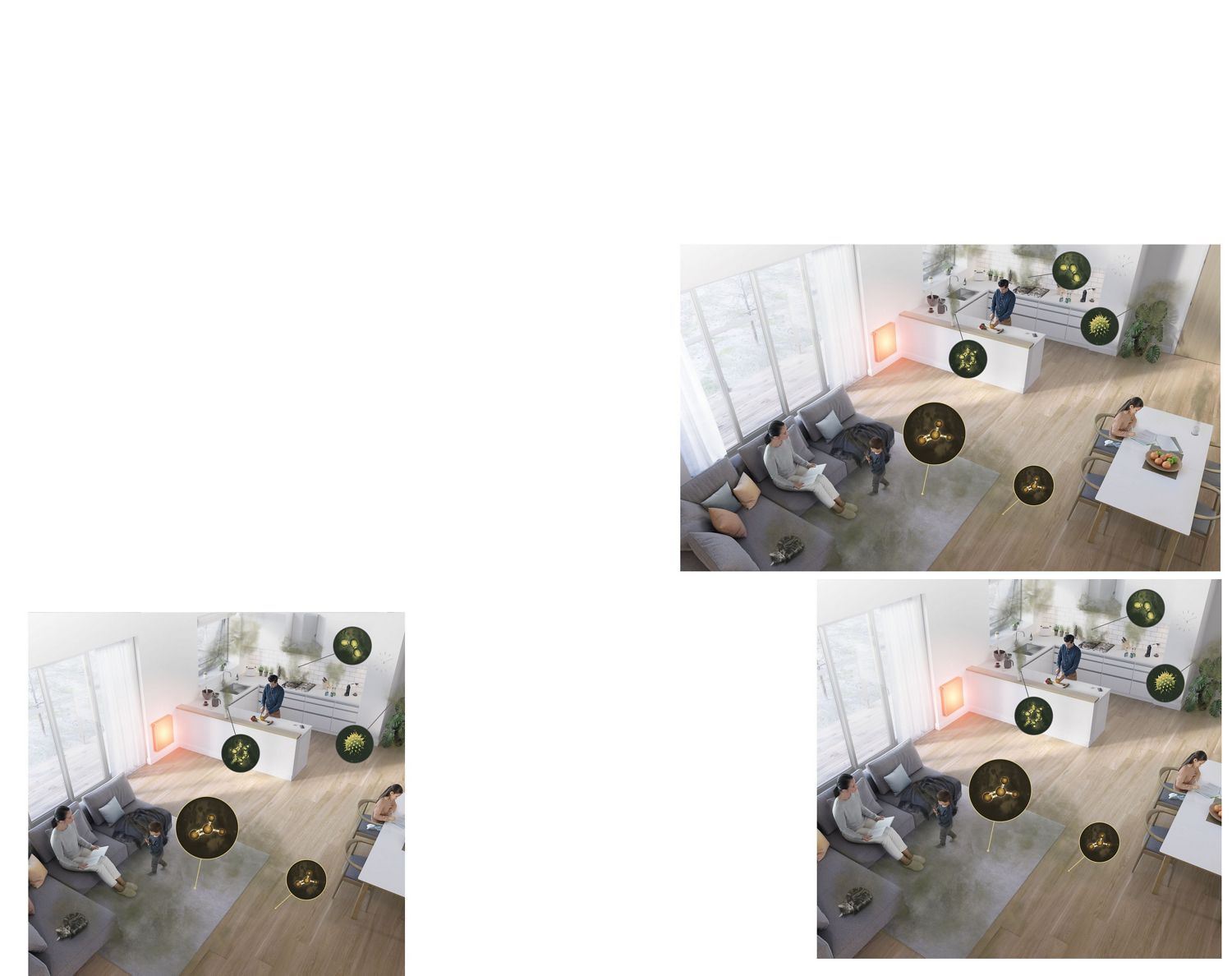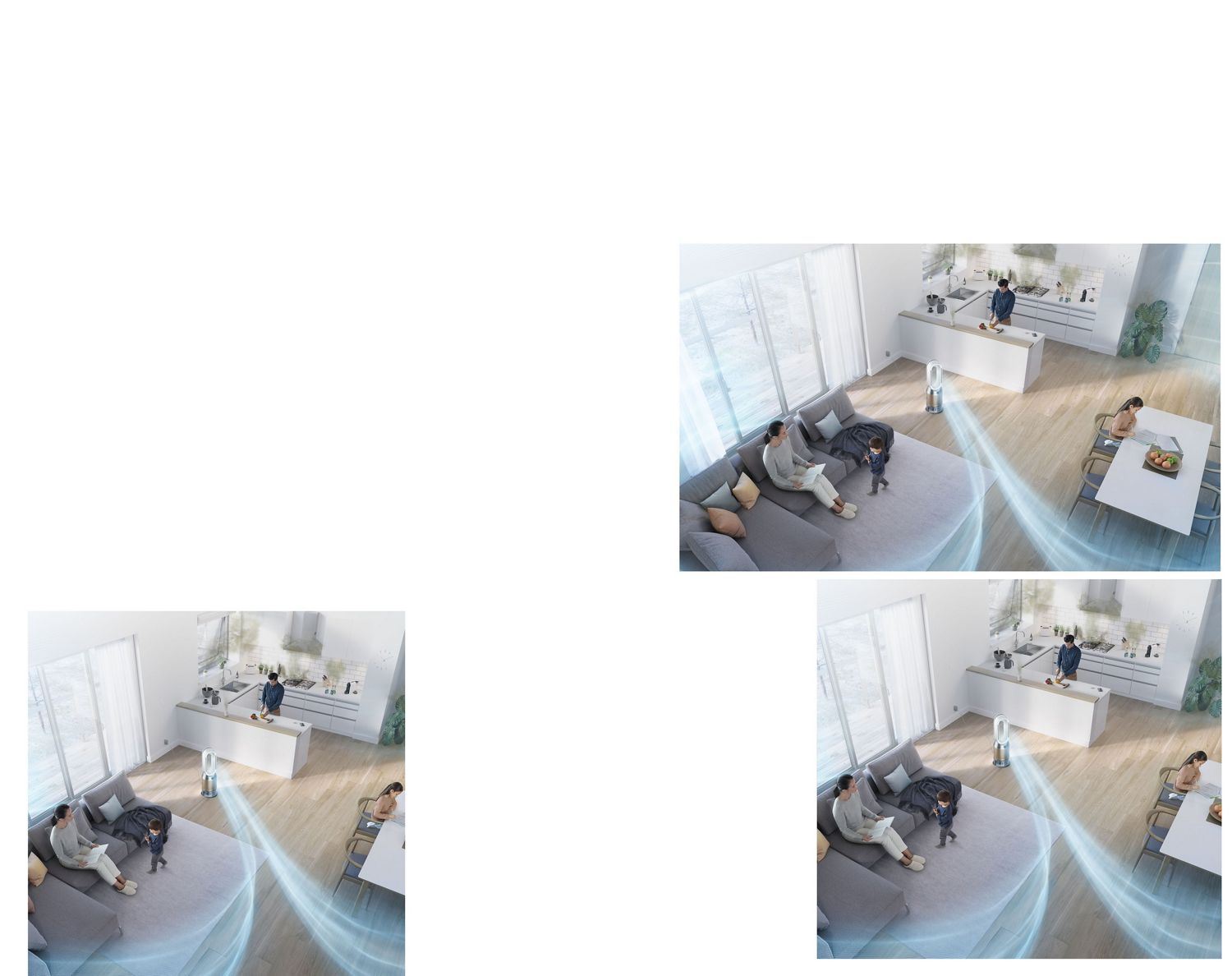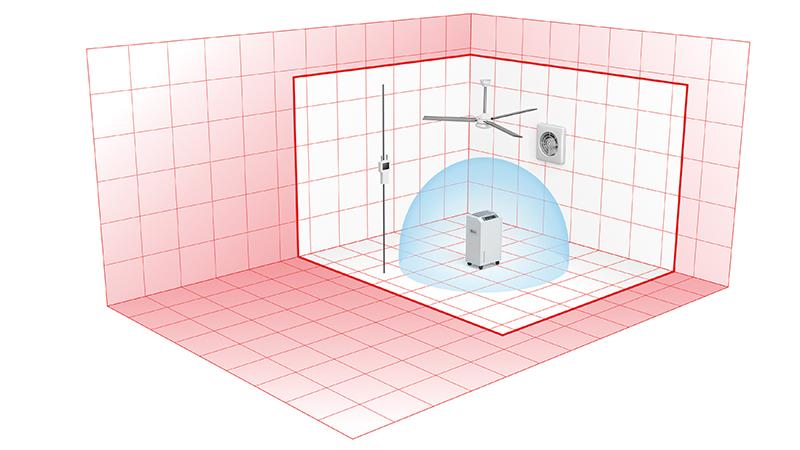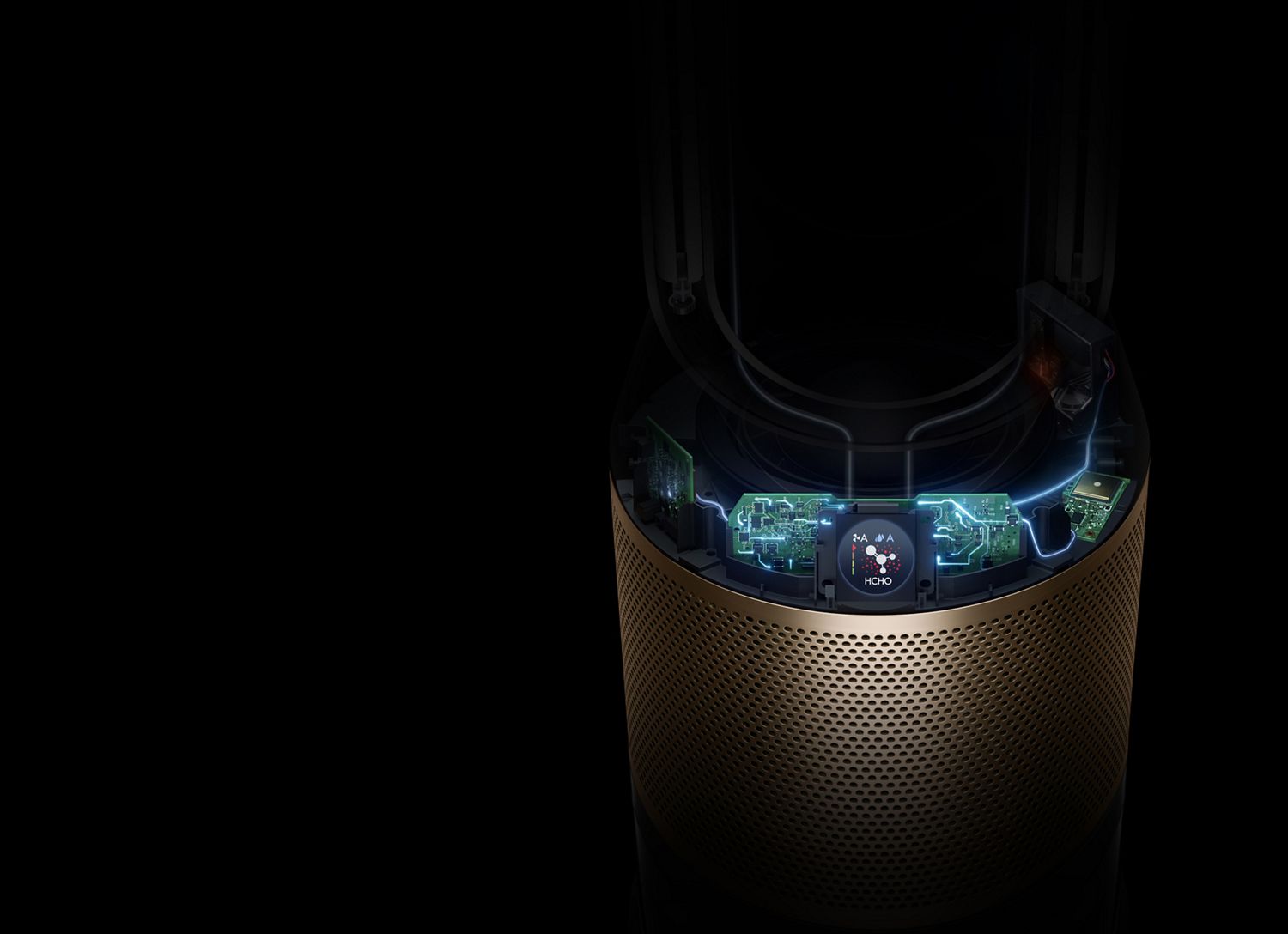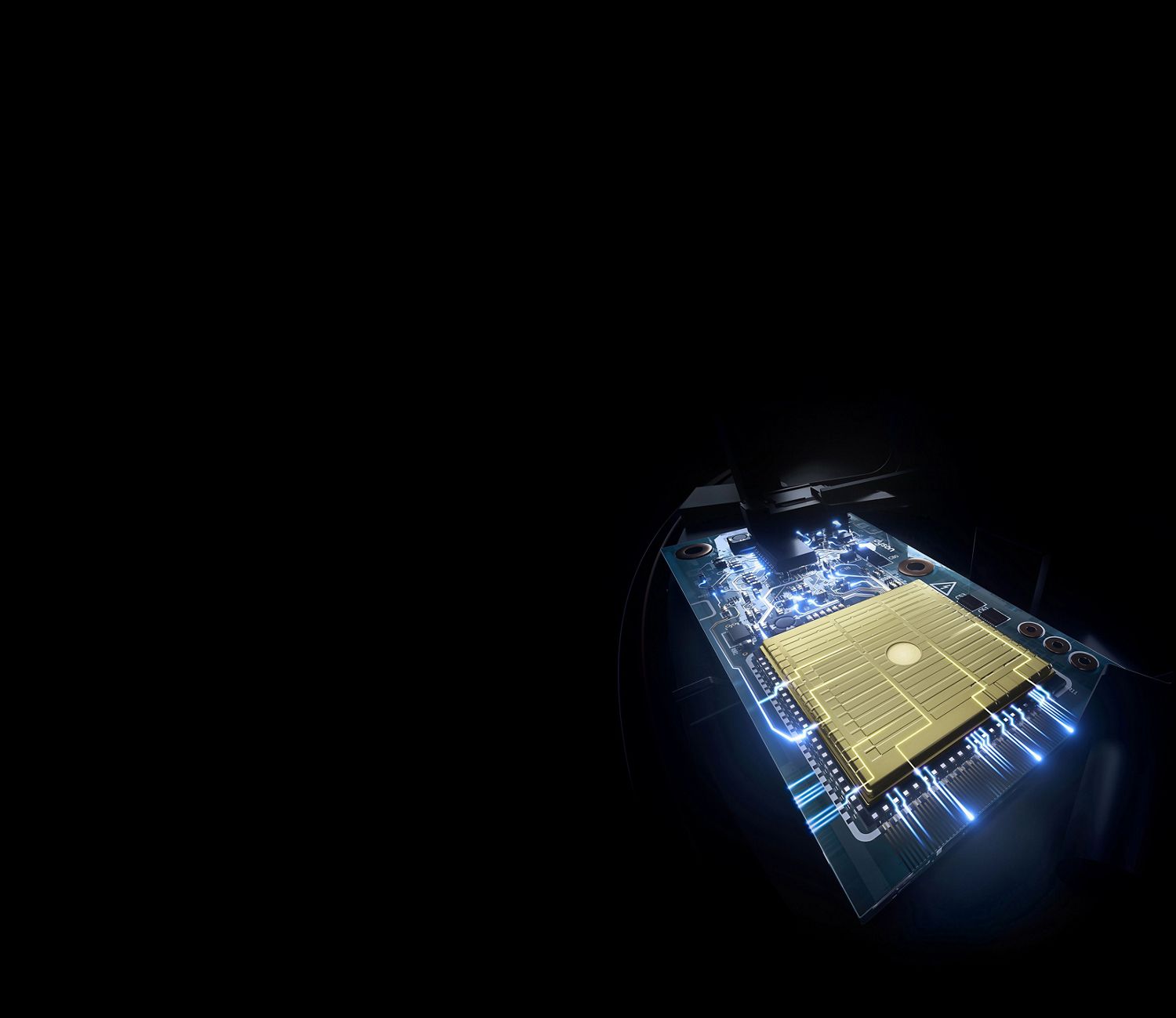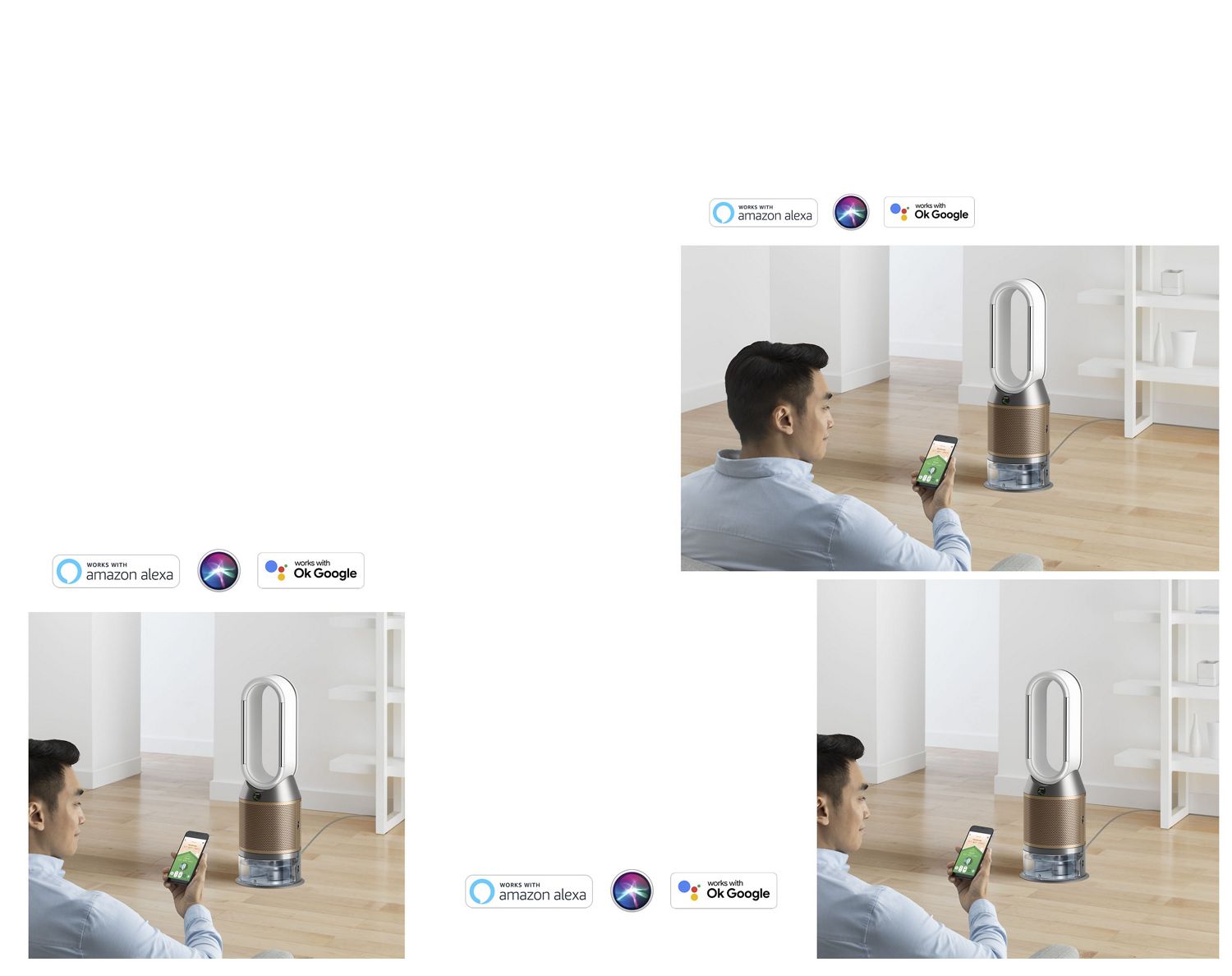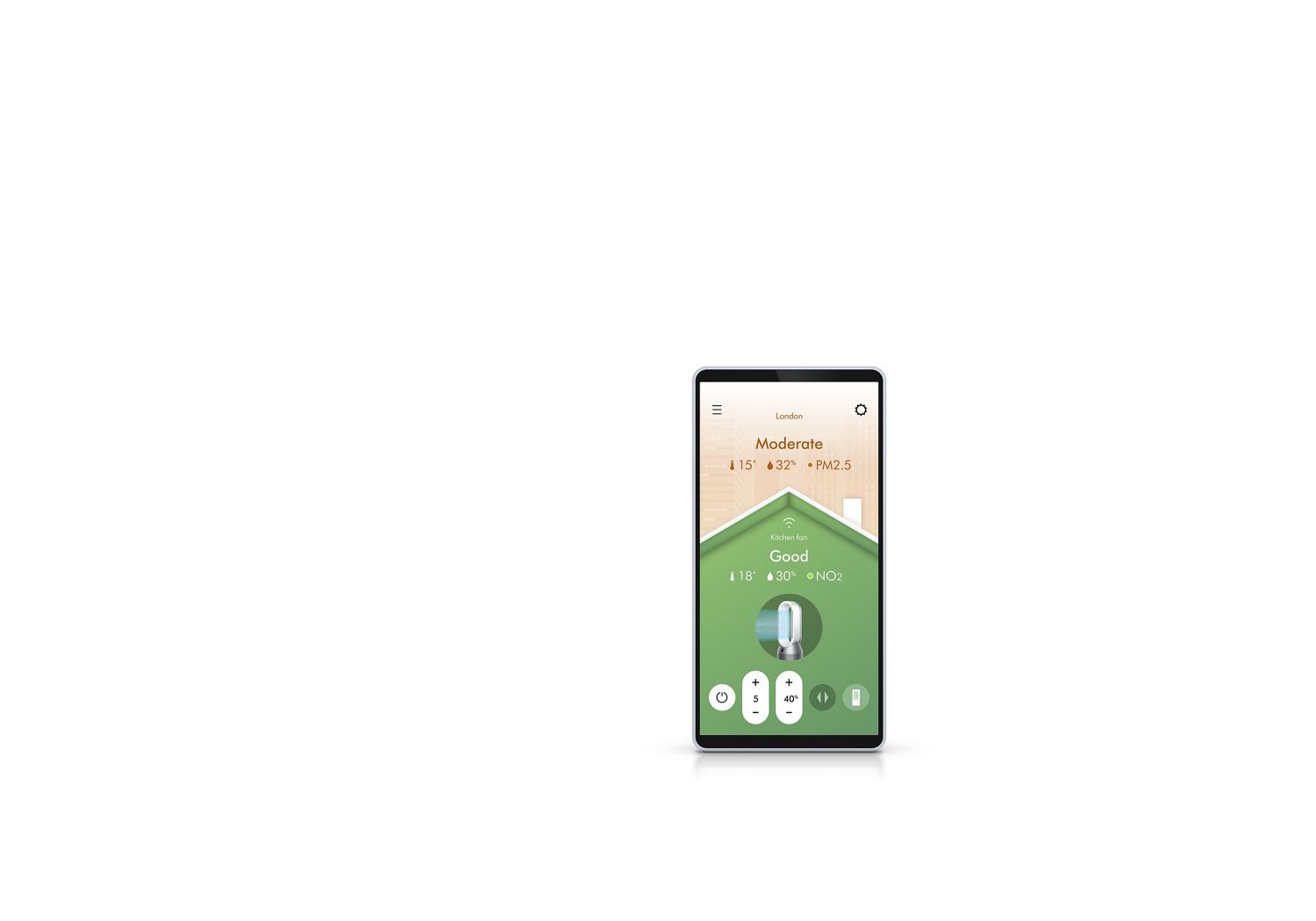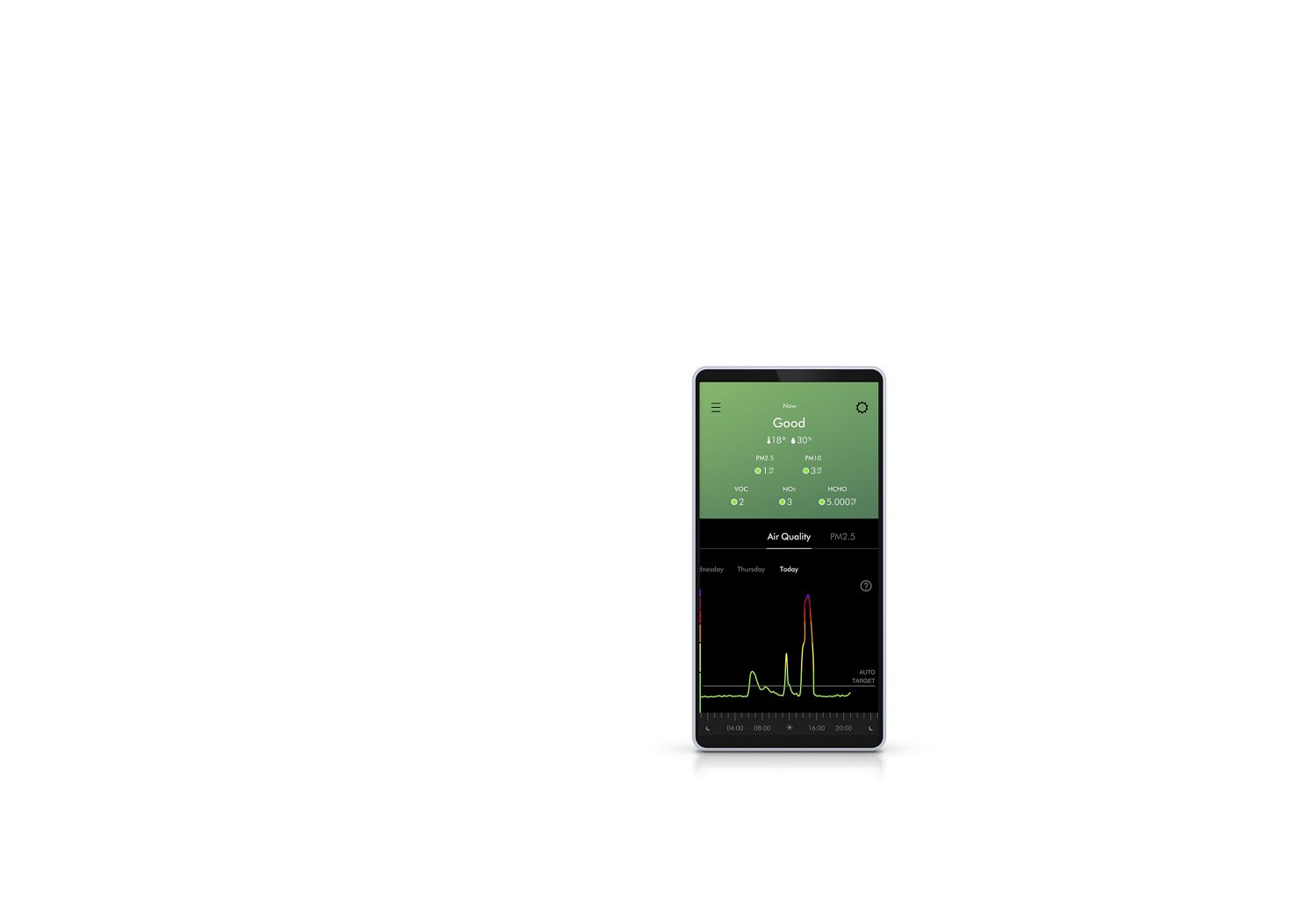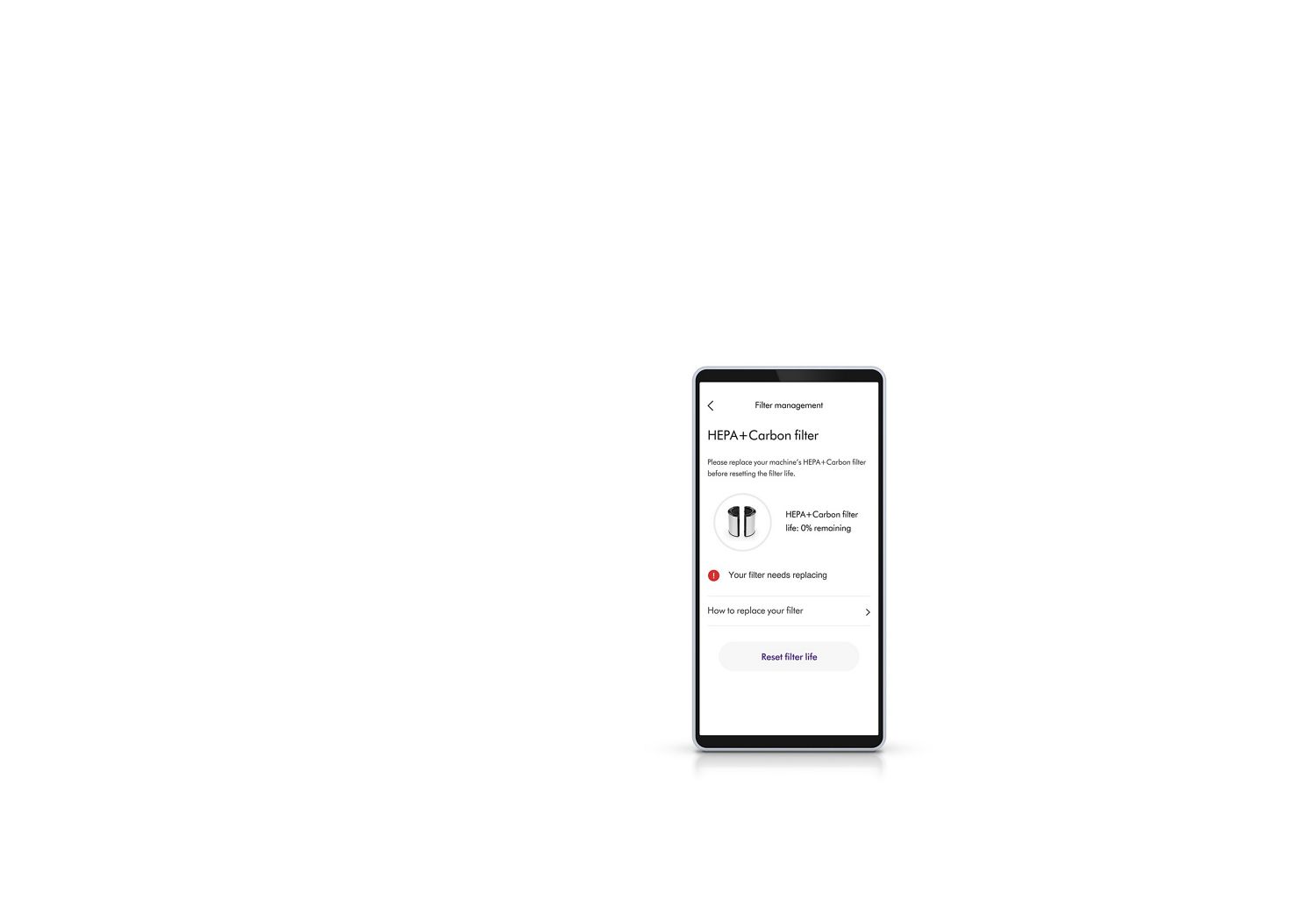
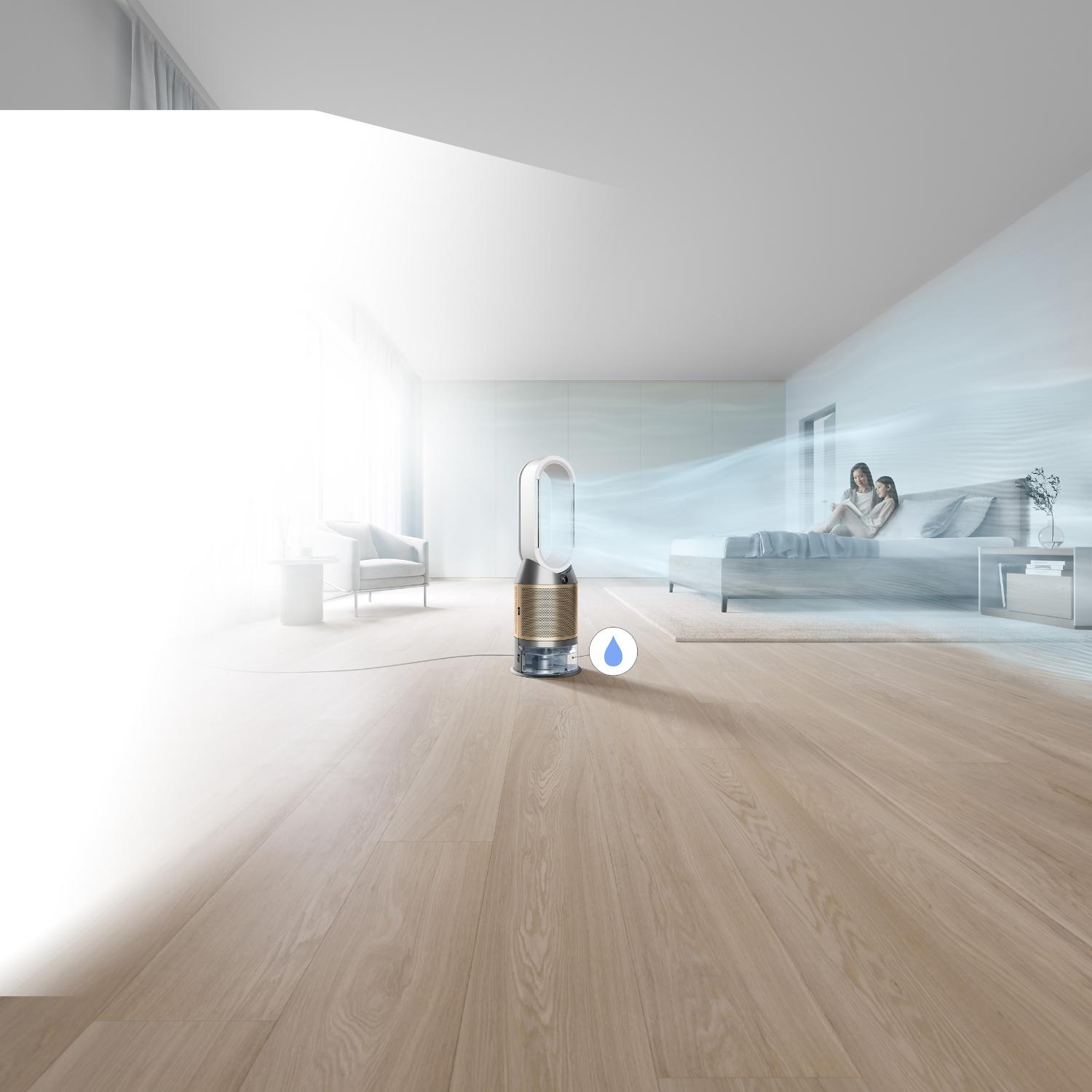
Captures dust, allergens and H1N1 virus.⁴ Even destroys formaldehyde.¹
Hygienic humification for your skin by removing 99.9% of bacteria in the water.²
Protects the moisture balance in your skin during Winter
Detects formaldehyde found in household items
Purifies by removing 99.95% of ultrafine particles⁵
Fully sealed to HEPA H13 standard⁶
Frequently asked questions
The Dyson purifier humidifier senses and captures pollutants and measures the correct level of moisture in the air – automatically. Then, it projects purified and hygienically humidified air around the whole room, cooling you when needed.
Yes, to get the best results, a purifier humidifer should be used all year round. To help combat dry air from central heating and air conditioning, and capture pollutants such as dust, smoke, odours and pet allergens. With pollen more present in summer, and pollutants such as formaldehyde emiting from furniture and flooring, there is benefit to using all year round. You can also use the purifier humidifier when sleeping, on night mode.
When the air is dry, it can cause the skin to lose moisture, leading to dryness, flakiness and itching. Humidifiers help add moisture to the air, which can help to alleviate dryness in the air, particularly during the Winter months or in dry climates.
Through robost scientific testing, we found that humidified air from the Dyson Purifier Humidfy+Cool range results in higher skin hydration over a three-hour period compared to dry air, particularly if the skin was previously exposed to dry environmental conditions. Thereby, we can confidently say that they help keep your skin hydrated.
We've re-engineered our latest purifier humidifier to be fully sealed to HEPA H13 standard.⁶ With a hassle-free Deep clean cycle that removes mineral build-up throughout your machine's water system.
The Dyson Purifier Humidify+Cool™ Formaldehyde has all of the capabilities found in our advanced purification products but goes a step further to detect and destroy formaldehyde.¹ An added solid-state sensor precisely detects formaldehyde, while our catalytic filter breaks it down into two safer molecules – carbon dioxide and water.
Formaldehyde is a polluting gas formed of carbon, hydrogen and oxygen that is commonly found in homes. Common sources of formaldehyde could be: paint and varnishes, air fresheners, mattresses, furniture, household cleaners, carpets, particleboard and plywood, electronics, dryer sheets, nail polish remover, moth balls, toys, fireplaces and wood burning stoves.
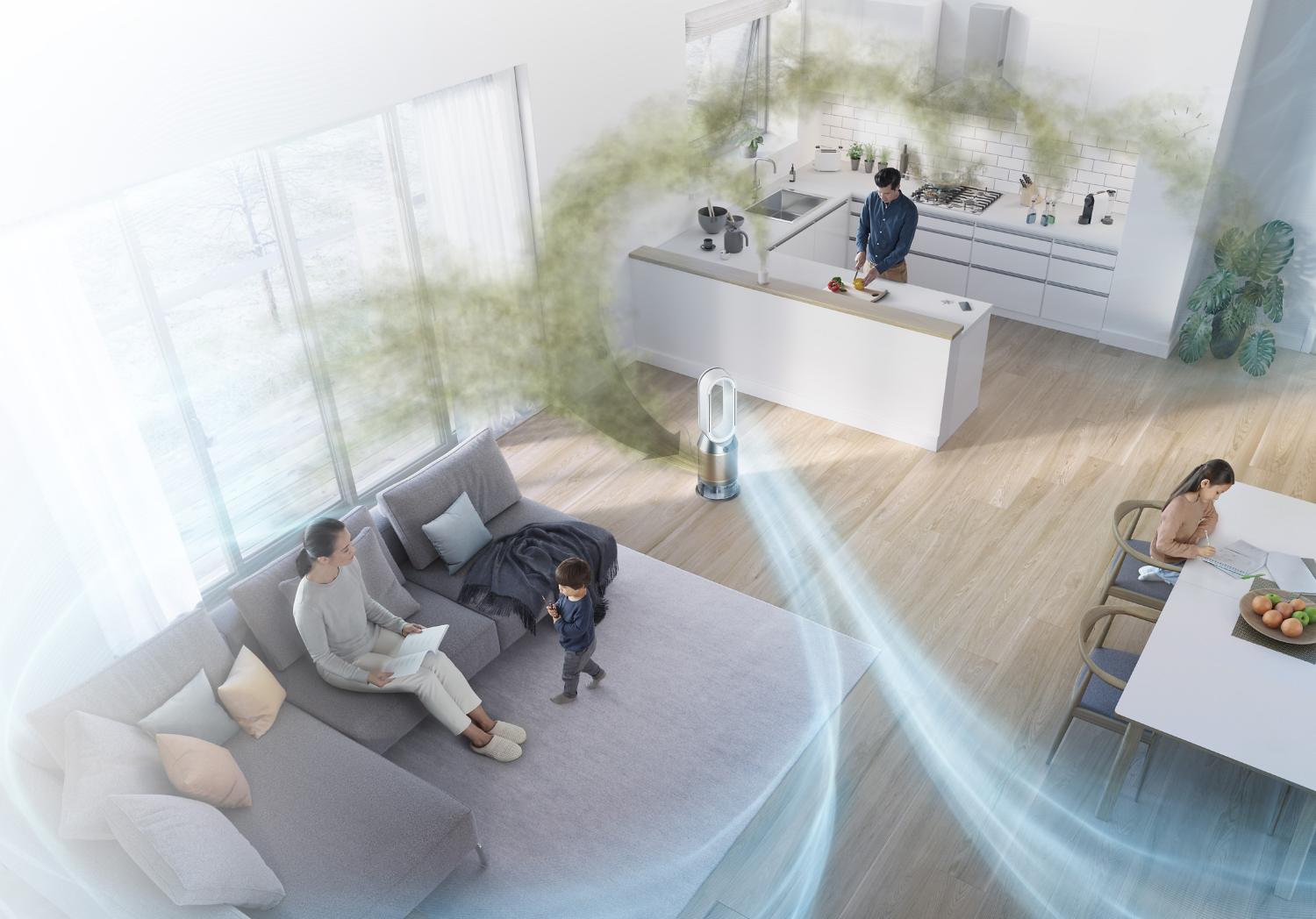
Powerful circulation to purify and humidify the whole room
Dyson purifiers draw pollutants, such as pollen, dust, allergens and smoke, from every corner of the room and Air Multiplier™ technology projects purified, humidified air throughout the room.⁸

Dyson purifier humidifiers are tested beyond the industry standard
We test our purifier humidifiers in a room size of 81m³, with nine sensors that continuously measure air quality. Some other manufacturers use a small 28.5m³ chamber, with only one sensor and a fan to boost circulation.
-

Industry-standard test chamber – only 28.5m³
-

Dyson POLAR test chamber - 81m³
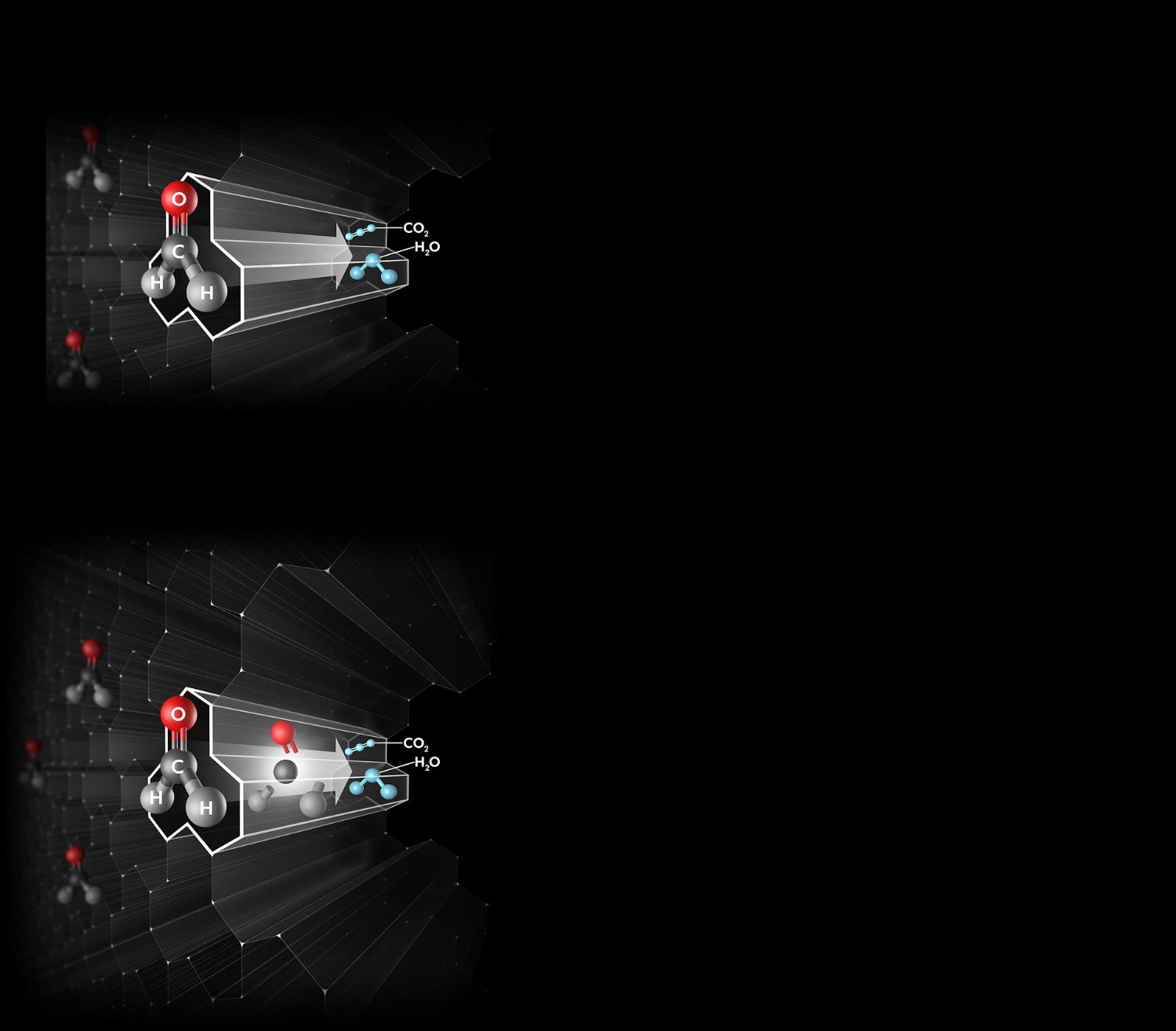
Destroys formaldehyde, continuously¹
Dyson's unique catalytic filter continuously traps and converts formaldehyde into water and CO₂, in billions of catalytic tunnels.
-
Carpets, rugs and flooring
Formaldehyde
-
Household fumes and cooking
Odours
-
Cleaning products and candles
Benzene and VOCs
-
Gas stoves and car exhausts
Nitrogen Dioxide
-
Pollen and allergens
PM10
-
Bacteria
PM5.0
-
Industrial emissions and house dust
PM2.5
-
Ultrafine particles
PM0.1
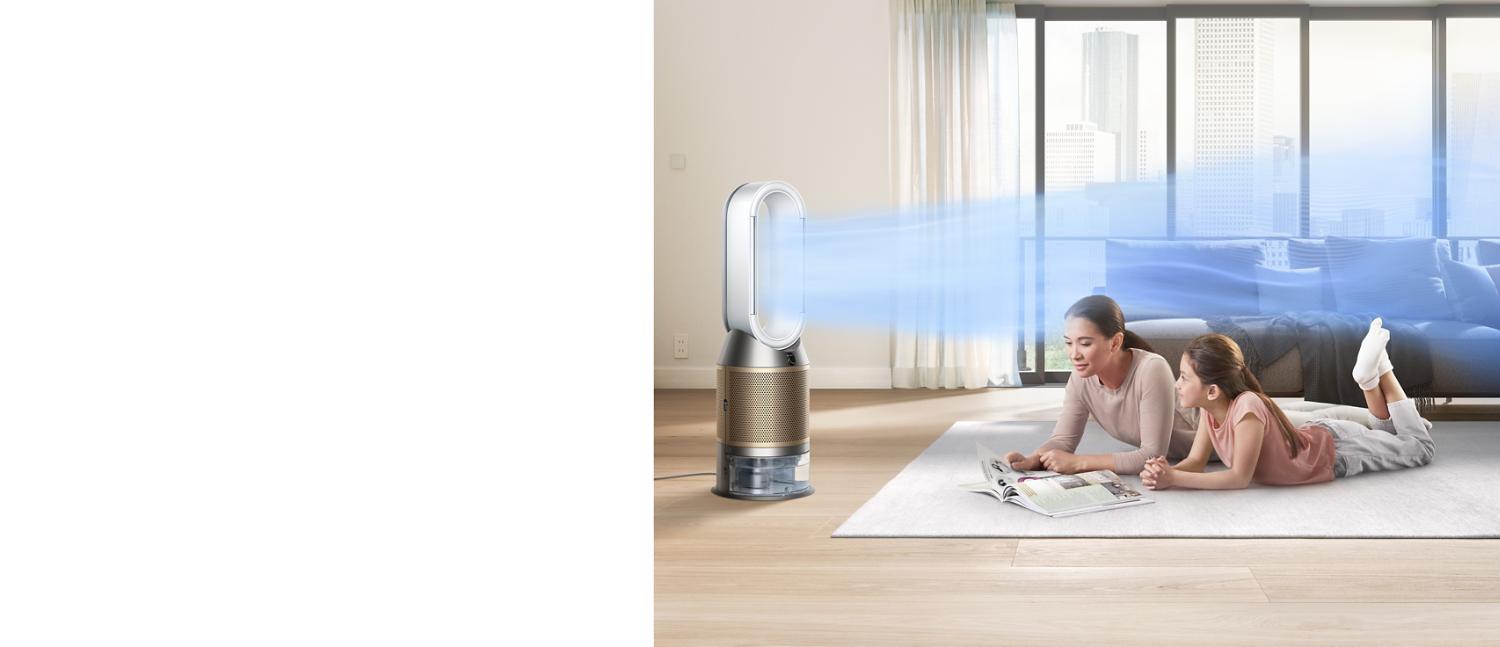
Only a Dyson is fully sealed to HEPA H13 standard⁶
To prevent pollutants leaking back into the air, it's not just the filter that's sealed to HEPA H13 standard, it's the whole purifier humidifier.⁶ So what goes inside, stays inside.
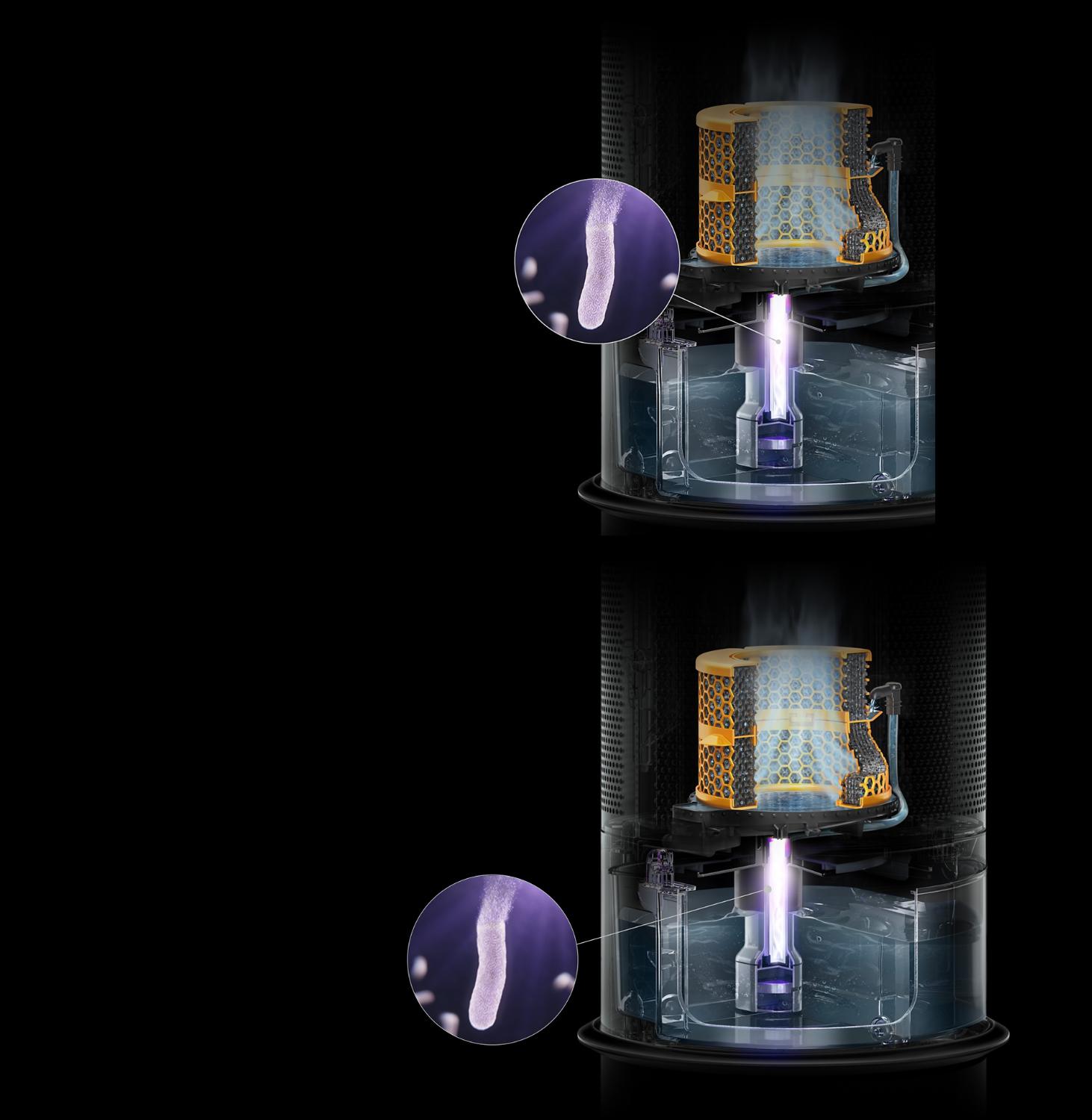
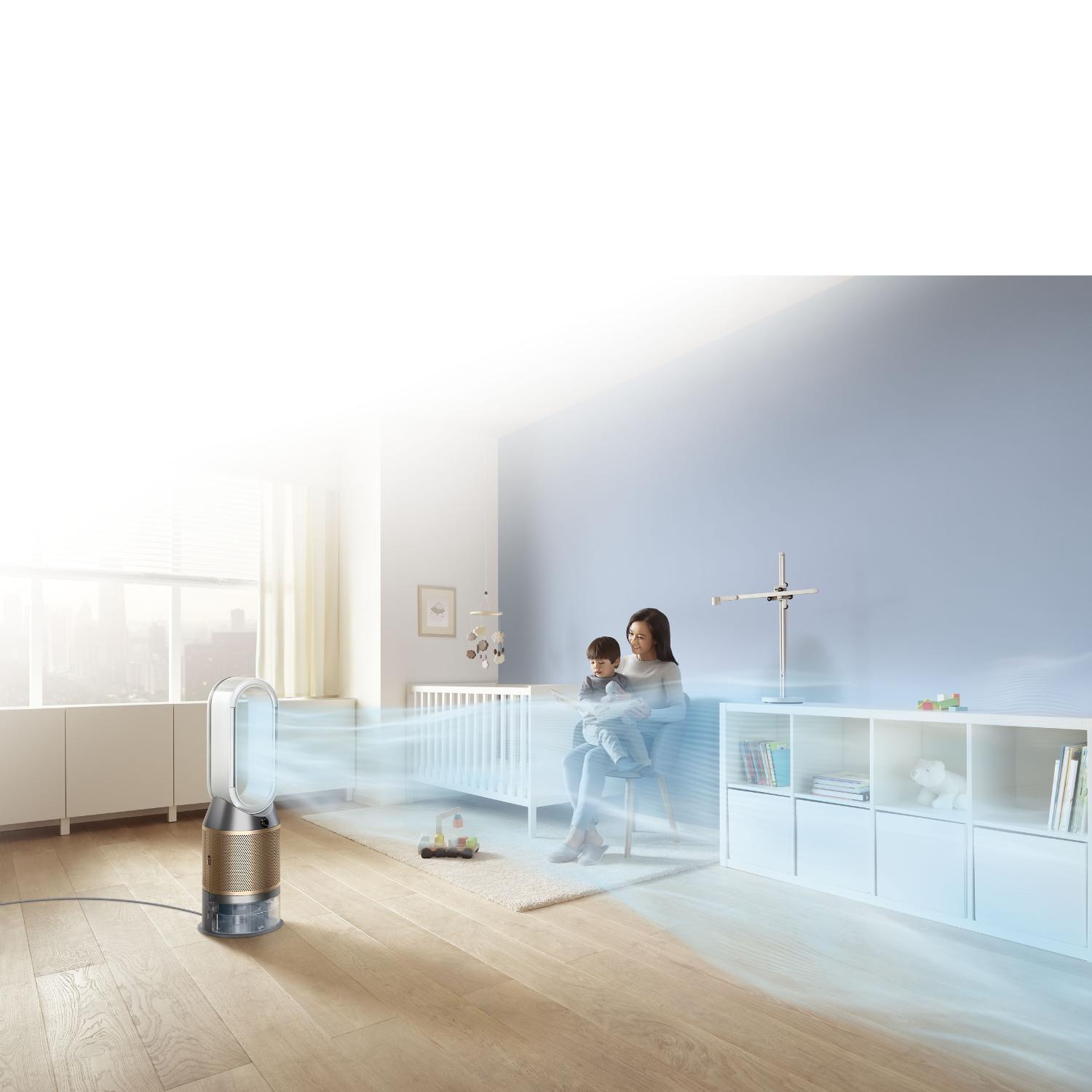
To humidify your environment, hygienically
Central heating and air conditioning units can contribute to dry air developing in the home, which can cause dehydration. The Dyson purifying humidifying fan automatically maintains the target level of moisture in your air with an invisible stream of evaporated water, and no mist – for a more comfortable environment.
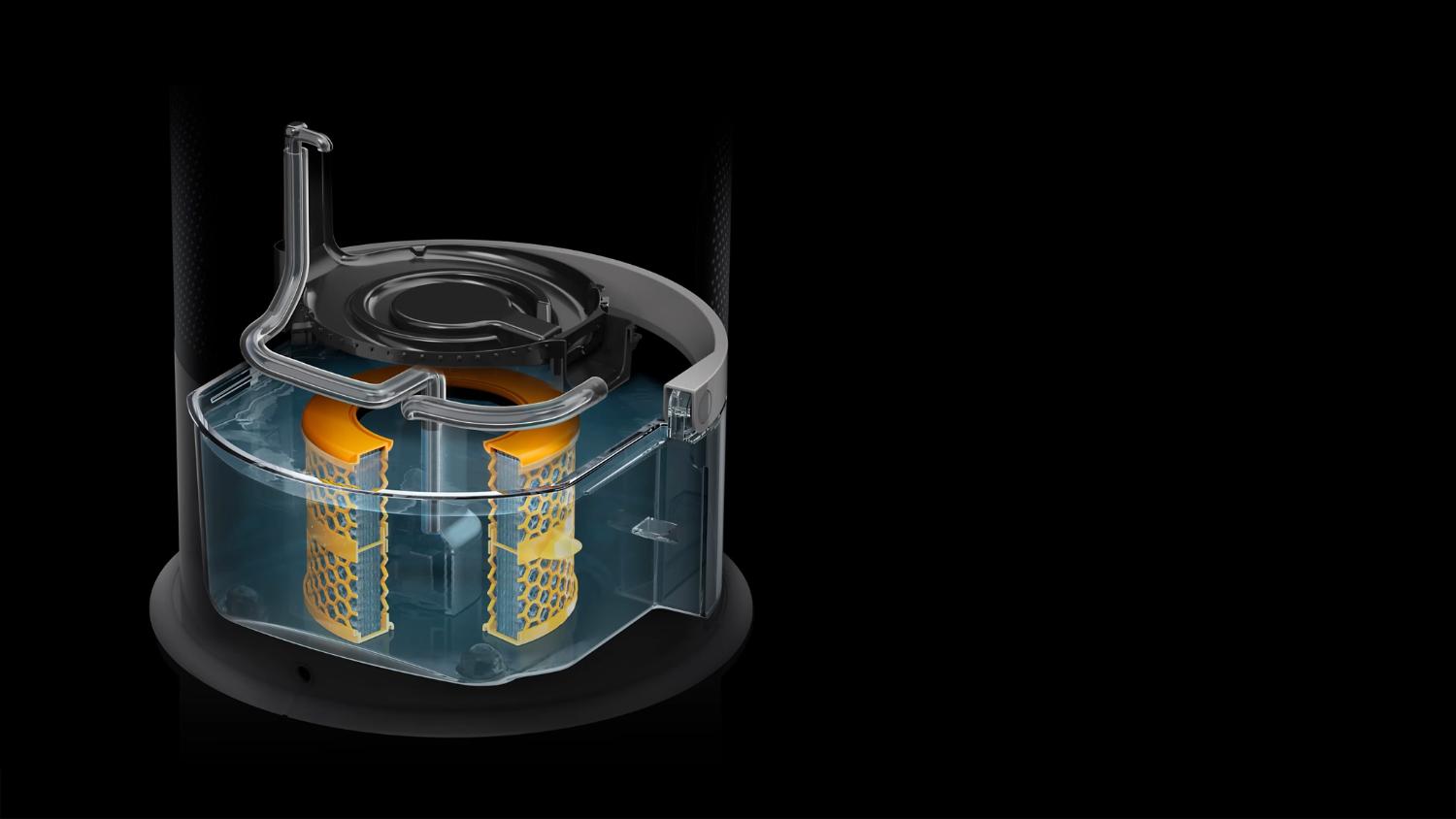
Hassle-free Deep clean cycle
The Dyson hassle-free Deep clean cycle thoroughly removes mineral build-up throughout your machine's water system. At the touch of a button, the cycle activates and guides you through a simple step-by-step process.
Frequently asked questions
Your Dyson Pure Humidify+Cool™ is engineered to purify and humidify single rooms, so you should use it where you spend the majority of your time at home. When placing the machine, make sure there's at least a few feet of clearance on all sides, so that the air can circulate effectively. Close doors and windows and place away from air vents.
Yes. The machine works as a purifier humidifier, or just a purifying fan.
This depends on the water hardness where you live. The machine prompts you to run the cycle once a month in hard water areas. It prompts you less often in softer water areas. You can select your water hardness with the MyDyson™ app. Running a Deep clean cycle helps to eliminate odours that occur through poor maintenance.
Reviews powered by Bazaarvoice
Security software updates for this machine will be supported until 31/12/31.

Replacement filters, engineered for your machine
We recommend replacing your HEPA and carbon filter when your machine alerts you – so it continues to run effectively.
- 1 Based on the Wellness Powerlist by Glamour UK 2023.


